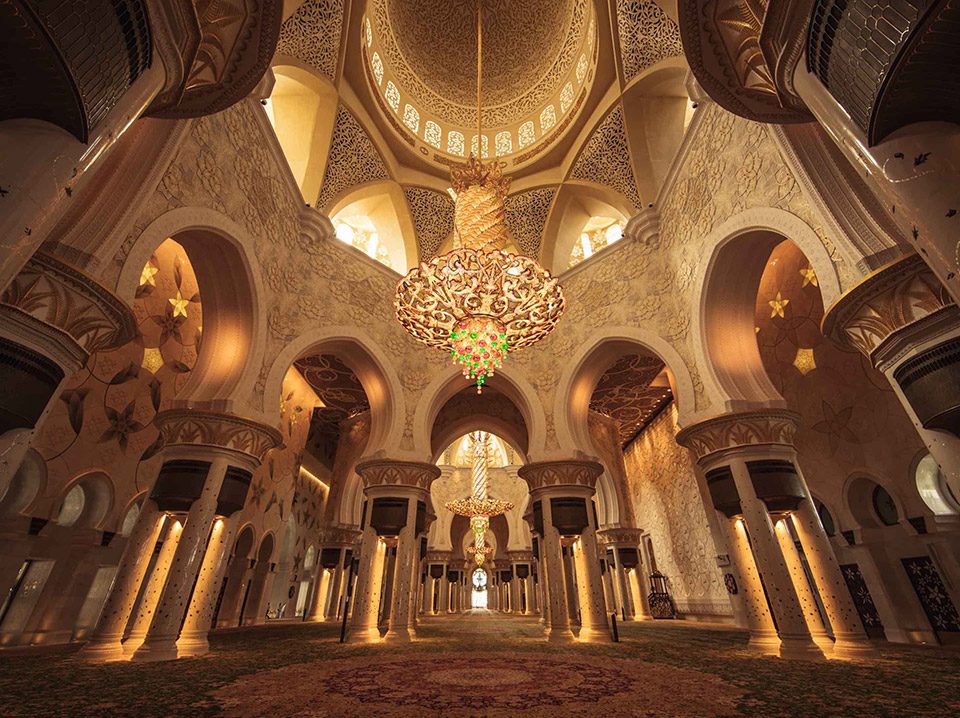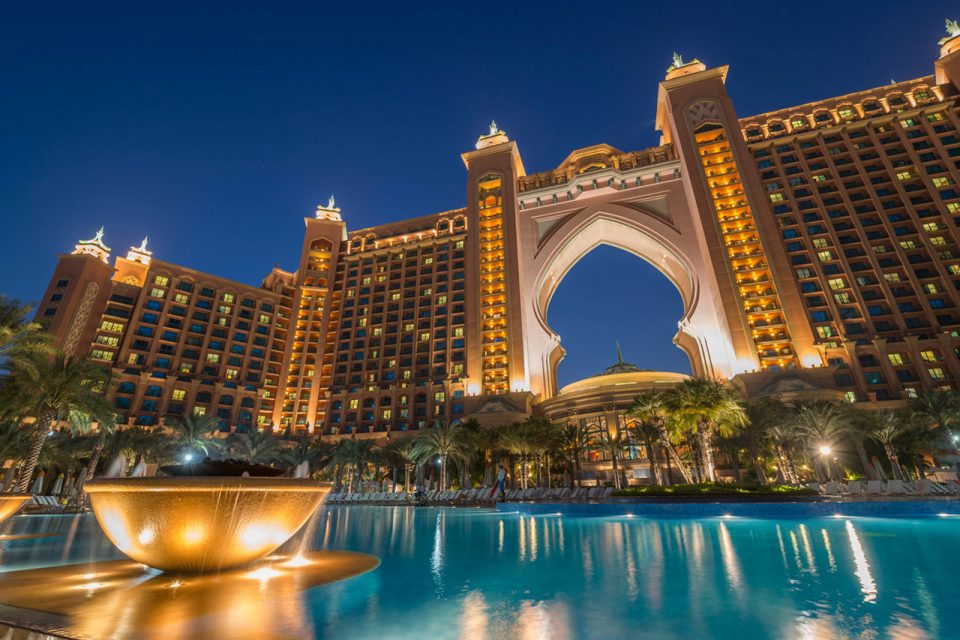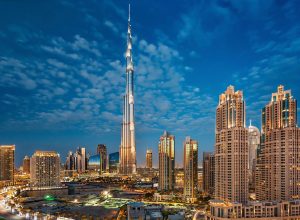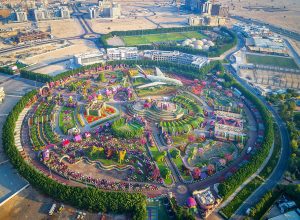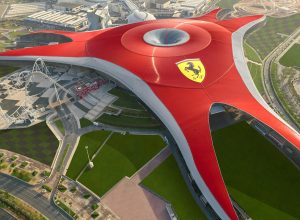In this article, we’ll take a closer look at the Sheikh Zayed Grand Mosque in Abu Dhabi, one of the largest and most beautiful mosques in the world. We’ll explore the history and significance of the mosque, as well as its unique architectural features and cultural significance.
The Sheikh Zayed Grand Mosque is a stunning example of Islamic architecture and one of the most recognizable landmarks in Abu Dhabi. Located in the heart of the city, the mosque was built to honor the memory of Sheikh Zayed bin Sultan Al Nahyan, the founding father of the United Arab Emirates.

Table of Content
History of Abu Dhabi
Abu Dhabi is the capital and the second-largest city in the United Arab Emirates (UAE), after Dubai. The history of Abu Dhabi dates back to the pre-Islamic period when the region was inhabited by nomadic tribes. The name “Abu Dhabi” means “Father of the Gazelle” in Arabic, and it is believed to have been named after the abundance of gazelles in the area.
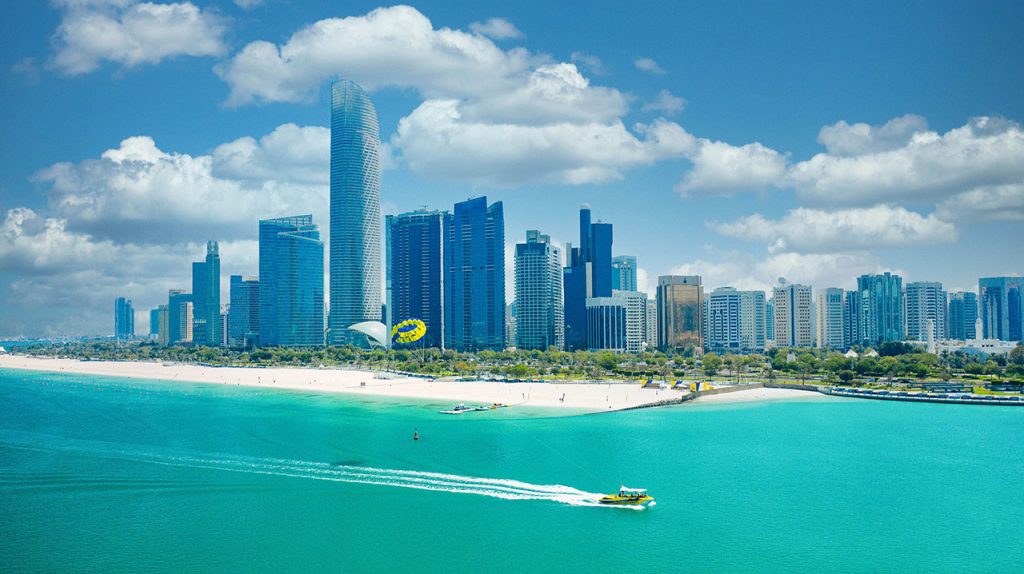
In the 18th century, Abu Dhabi was a small fishing village and was part of the greater region known as the Trucial States. The Trucial States were a collection of small sheikhdoms along the southern coast of the Persian Gulf, including Abu Dhabi, Dubai, Sharjah, and others.
In 1793, the Bani Yas tribe, led by Sheikh Shakhbut bin Dhiyab, settled in Abu Dhabi and established a permanent settlement in the area. The Bani Yas tribe became the dominant political and social force in the region, and Sheikh Shakhbut became the first ruler of Abu Dhabi.

In the late 19th century, Abu Dhabi became an important center for the pearl diving industry. Pearl diving was a major source of income for the region, and the trade helped to fuel the growth of Abu Dhabi’s economy.
In 1939, Sheikh Shakhbut signed a treaty with the British government, granting them control over Abu Dhabi’s foreign affairs in exchange for protection from external threats. This treaty paved the way for the development of the region and helped to bring about modernization and economic growth.
In 1958, Sheikh Shakhbut’s brother, Sheikh Zayed bin Sultan Al Nahyan, became the ruler of Abu Dhabi. Under Sheikh Zayed’s leadership, Abu Dhabi underwent a rapid transformation. He invested heavily in infrastructure development, including the construction of schools, hospitals, and roads.
In 1971, Abu Dhabi, along with several other emirates, joined together to form the United Arab Emirates (UAE). Sheikh Zayed became the first president of the UAE, and Abu Dhabi became the political and economic center of the country.

Today, Abu Dhabi is a modern, cosmopolitan city with a diverse economy that includes industries such as oil, tourism, and finance. The city has undergone significant development in recent years, with the construction of numerous high-rise buildings, shopping malls, and cultural institutions.
In conclusion, the history of Abu Dhabi is one of growth and transformation. From its humble beginnings as a small fishing village to its current status as a global city, Abu Dhabi has come a long way. Its rich history and cultural heritage continue to inspire and shape the city, making it a unique and fascinating destination for visitors from around the world.
Who is Sheikh Zayed
Sheikh Zayed bin Sultan Al Nahyan was the founding father and the first president of the United Arab Emirates (UAE). Born in 1918 in Abu Dhabi, Sheikh Zayed played a key role in the development of the UAE and is widely respected for his contributions to the country’s growth and prosperity.
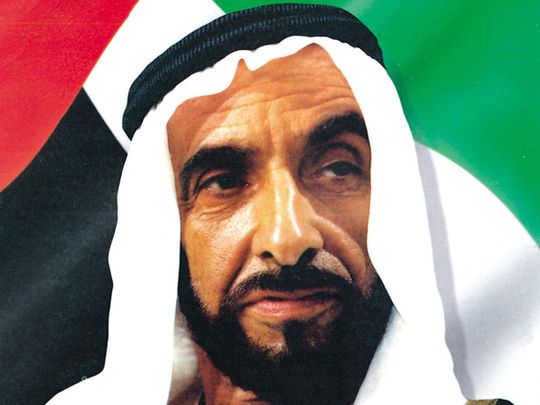
Sheikh Zayed came to power in Abu Dhabi in 1966, following the death of his brother, Sheikh Shakhbut. At the time, Abu Dhabi was a small and undeveloped desert emirate with few natural resources. However, Sheikh Zayed was determined to transform the region and improve the lives of its people.
Under his leadership, Abu Dhabi underwent rapid development, fueled by the discovery of oil reserves in the 1950s. Sheikh Zayed was committed to using the country’s oil wealth to benefit its people, and he invested heavily in infrastructure development, including the construction of schools, hospitals, and other public facilities.
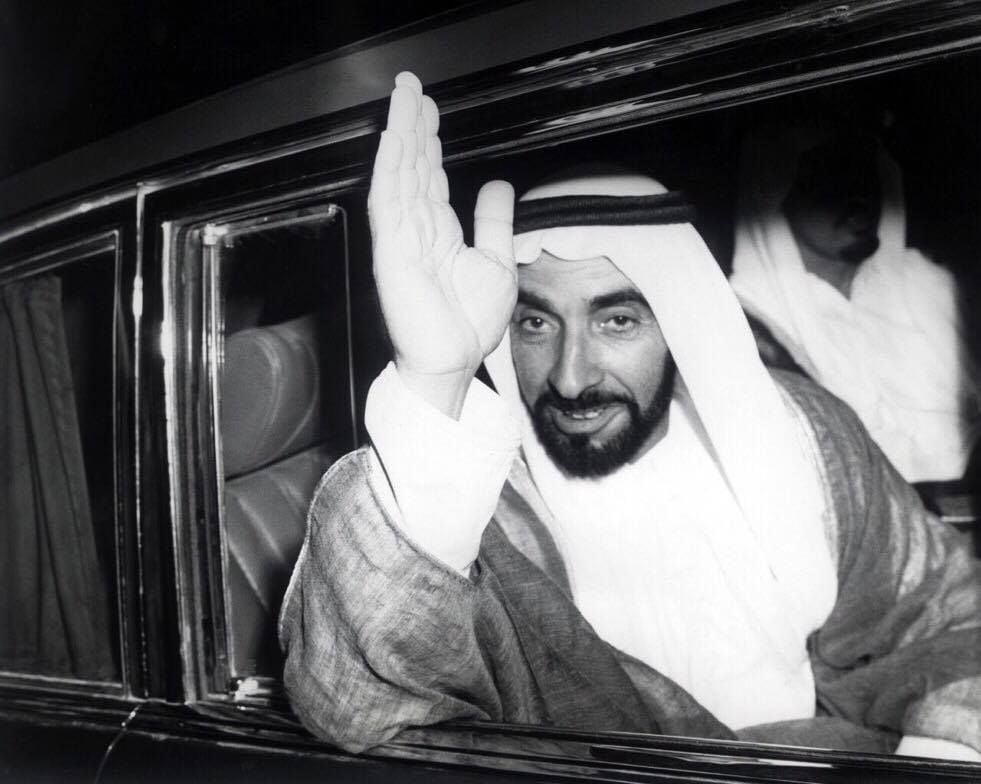
Sheikh Zayed was also a strong advocate for regional cooperation and unity. In 1971, he played a key role in the formation of the UAE, bringing together seven emirates under a single federal government. As the first president of the UAE, Sheikh Zayed continued to work tirelessly to promote economic and social development throughout the country.
Throughout his life, Sheikh Zayed was known for his commitment to humanitarian causes and his efforts to promote peace and understanding between nations. He passed away in 2004, but his legacy continues to inspire people in the UAE and beyond.
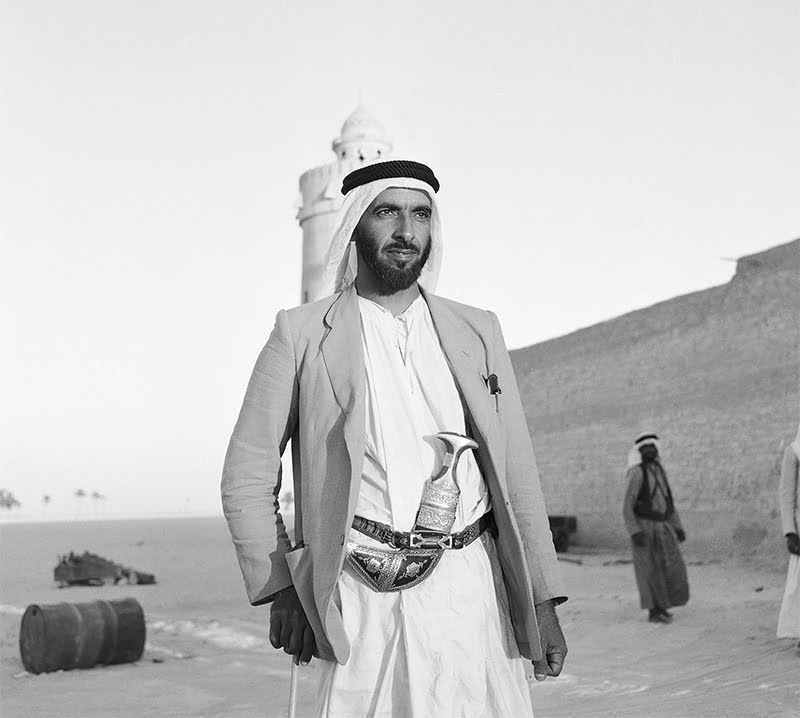
The Sheikh Zayed Grand Mosque in Abu Dhabi is named after Sheikh Zayed in recognition of his contributions to the UAE and his commitment to promoting cultural understanding and tolerance. The mosque is one of the largest in the world, and its construction was commissioned by Sheikh Zayed himself. It is a symbol of the UAE’s commitment to promoting religious and cultural diversity and is open to visitors of all faiths.
Sheikh Zayed Grand Mosque
Construction of the mosque began in 1996 and was completed in 2007 at a cost of over $500 million. The mosque was designed by Syrian architect Yousef Abdelky and features a blend of traditional and modern Islamic styles.
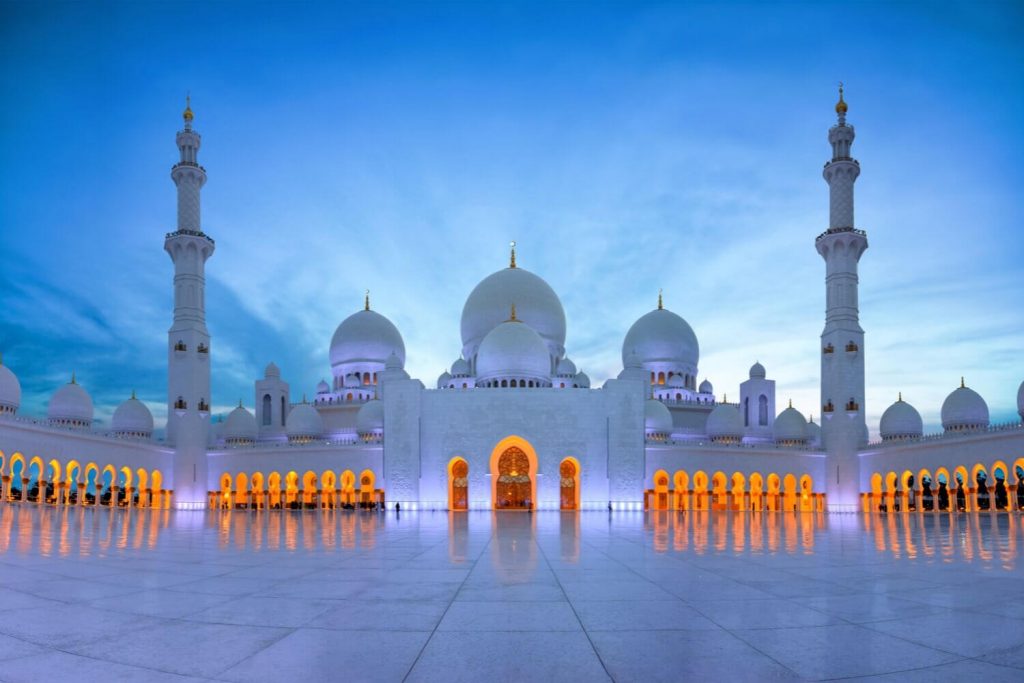
Sheikh Zayed Grand Mosque, Abu Dhabi, UAE
The mosque is named after Sheikh Zayed, who is widely regarded as one of the most influential leaders in the Arab world. He played a pivotal role in the formation of the UAE and was a strong advocate for unity, tolerance, and peace.
One of the most striking features of the mosque is its size. The mosque covers an area of over 22,000 square meters and can accommodate up to 41,000 worshippers. The main prayer hall alone is one of the largest in the world, with a capacity of 7,000 worshippers.
The mosque is also home to several unique architectural features that are worth noting. The most notable of these is the 82 domes that cover the mosque’s prayer halls and courtyards. The domes are clad in white marble and are adorned with intricate geometric patterns and calligraphy.

Interior Sheikh Zayed Grand Mosque, Abu Dhabi, UAE
Another noteworthy feature of the mosque is its minarets. The mosque has four minarets, each standing at a height of 107 meters. The minarets are adorned with delicate floral designs and are lit up at night, creating a stunning visual display.
The interior of the mosque is equally impressive. The main prayer hall features a massive chandelier that weighs over 12 tons and is made of Swarovski crystals. The walls and columns of the prayer hall are adorned with intricate floral and geometric designs, as well as verses from the Quran.
In addition to its architectural and aesthetic beauty, the Sheikh Zayed Grand Mosque is also a symbol of unity and peace. The mosque welcomes visitors from all over the world, regardless of their faith or background. It is a testament to the UAE’s commitment to tolerance and understanding and a reminder of the importance of mutual respect and coexistence.
Visitors to the Sheikh Zayed Grand Mosque are encouraged to explore the various parts of the mosque, including the outdoor courtyards, the prayer halls, and the library. There are also guided tours available for those who want to learn more about the history and significance of the mosque.
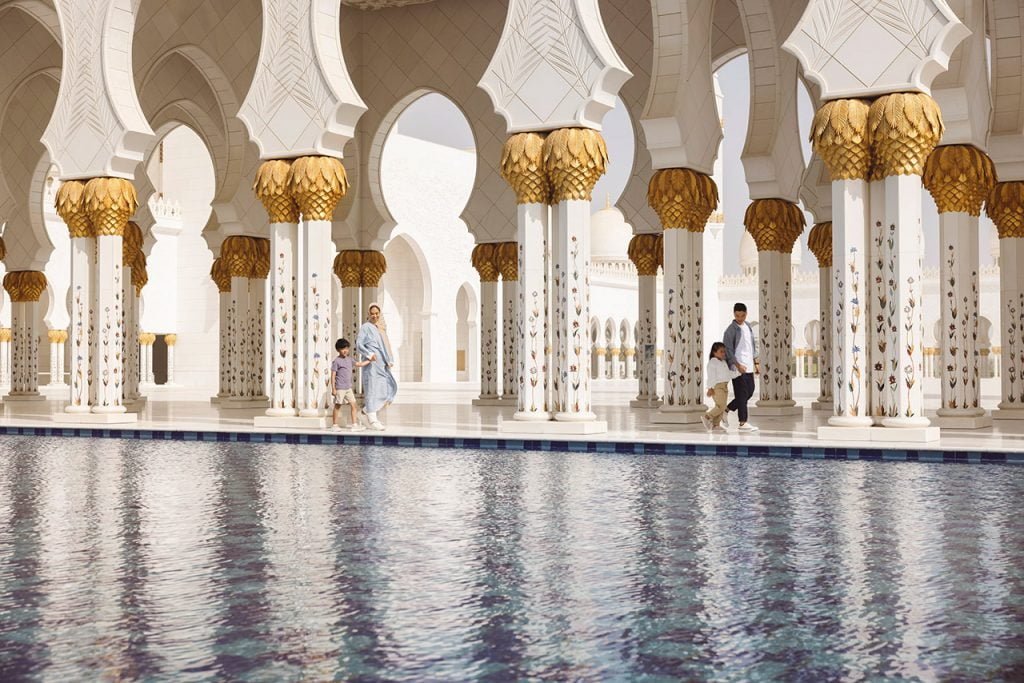
One of the most interesting things about the mosque is its use of materials. The mosque is constructed using a combination of marble, gold, semi-precious stones, and crystal. The use of these materials not only adds to the beauty of the mosque but also helps to create a sense of serenity and tranquility for worshippers.
The mosque is also home to several important Islamic artifacts, including a carpet that is considered to be the world’s largest hand-knotted carpet. The carpet covers the entire floor of the main prayer hall and was made by over 1,200 Iranian artisans.
Another interesting artifact at the mosque is the Quranic manuscript, which dates back to the 7th century. The manuscript is written in Kufic script, which was commonly used during the early Islamic period. The manuscript is considered to be one of the oldest and most important copies of the Quran in the world.
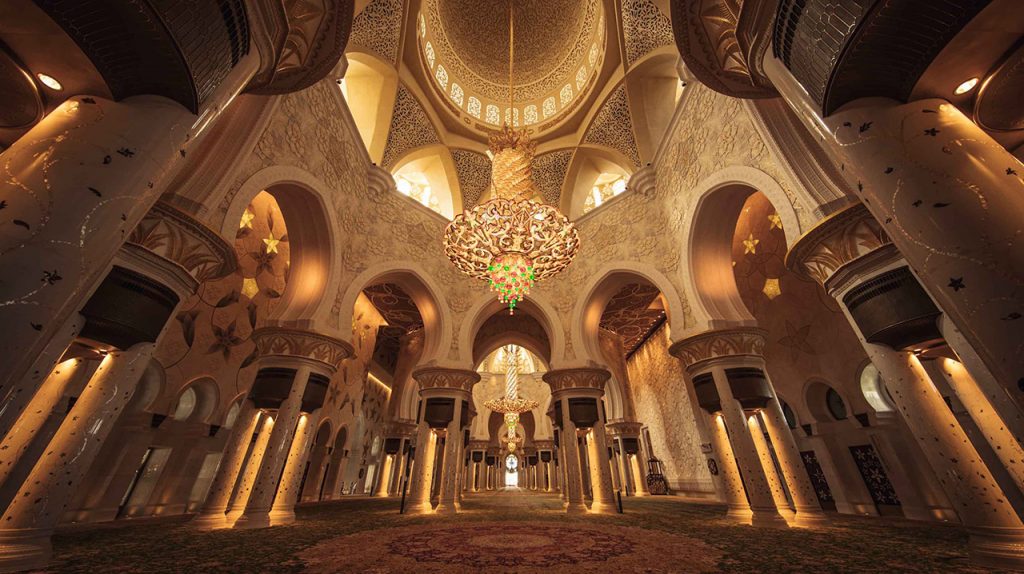
Apart from being a place of worship, the mosque also serves as an important cultural center. It offers a range of educational and cultural programs, including lectures, seminars, and exhibitions. The mosque is also a popular destination for tourists, who come to admire its beauty and learn about Islamic culture and heritage.
Overall, the Sheikh Zayed Grand Mosque is a remarkable testament to the power of faith and culture. It is a symbol of the UAE’s commitment to tolerance and understanding and a reminder of the importance of mutual respect and coexistence. Whether you are a person of faith or simply interested in history and architecture, a visit to the mosque is a must-do when in Abu Dhabi.
Other Popular Mosques in UAE
The UAE is home to many beautiful and historic mosques, some of which are popular tourist attractions. Here are a few of the most notable mosques in the country:
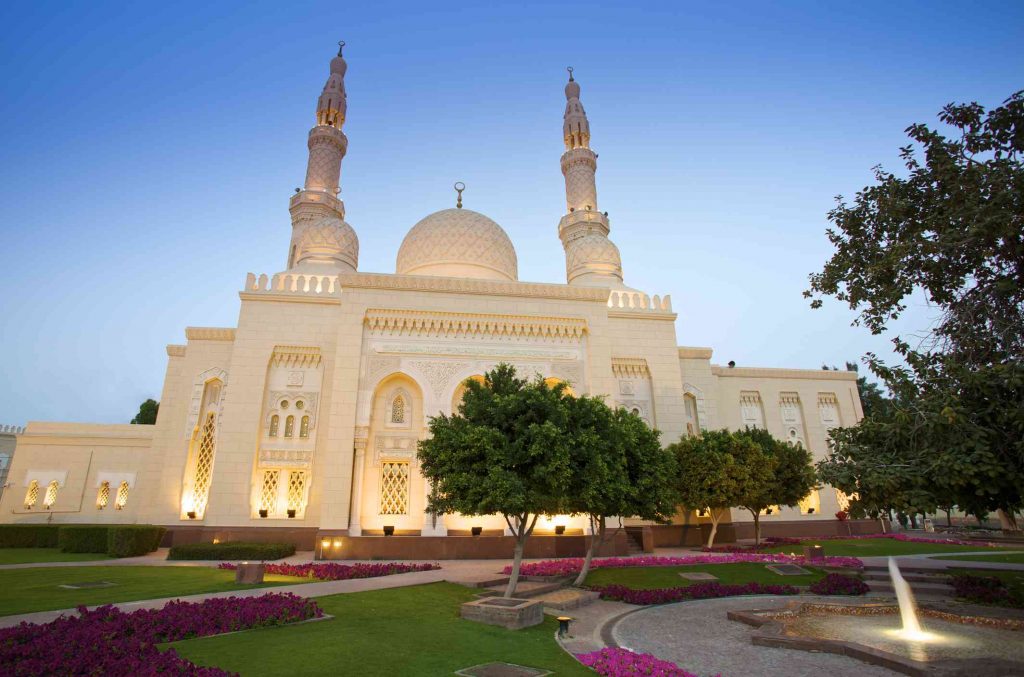
- Sheikh Zayed Grand Mosque: As mentioned earlier, the Sheikh Zayed Grand Mosque is one of the largest and most impressive mosques in the world. It can accommodate up to 41,000 worshippers and features stunning architecture and design elements.
- Jumeirah Mosque: Located in Dubai, the Jumeirah Mosque is one of the few mosques in the UAE that is open to non-Muslims. It is a beautiful example of traditional Islamic architecture and features intricately carved woodwork and stonework.
- Al Noor Mosque: Located in Sharjah, the Al Noor Mosque is a modern mosque that was built in 2005. It is known for its stunning blue and white dome and is a popular destination for tourists.
- Al Badiyah Mosque: Located in Fujairah, the Al Badiyah Mosque is the oldest mosque in the UAE, dating back to the 15th century. It is a simple but beautiful example of early Islamic architecture and is a popular destination for history buffs.
- Masjid Al-Farooq Omar Bin Al-Khattab: Located in Dubai, this mosque is named after the second caliph of Islam, Omar bin Al-Khattab. It is a modern mosque with a unique design that incorporates elements of traditional Islamic architecture.
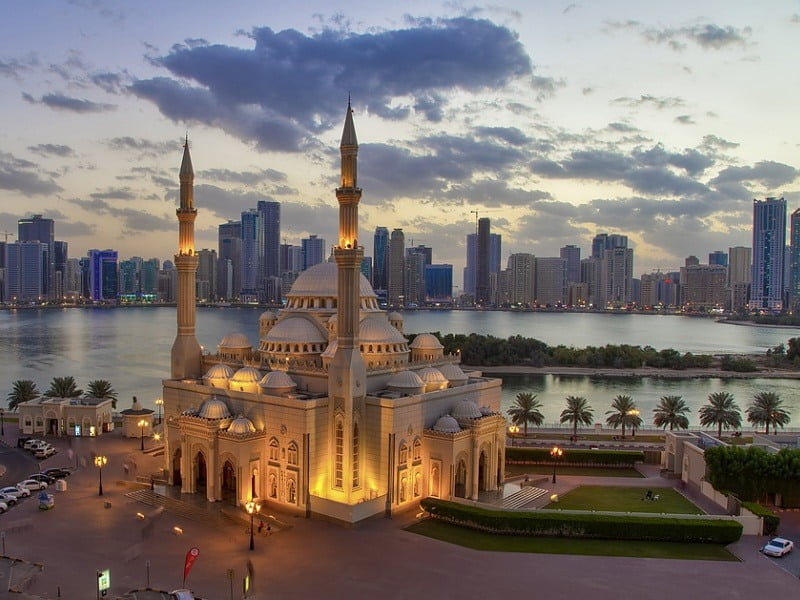
These are just a few examples of the many beautiful and historic mosques that can be found throughout the UAE. Each one is unique and offers visitors a glimpse into the rich cultural and religious heritage of the region.
In conclusion, the Sheikh Zayed Grand Mosque is a true masterpiece of Islamic architecture and a symbol of unity and peace in Abu Dhabi. It is a must-visit destination for anyone visiting the city and a powerful reminder of the power of faith, culture, and tradition.
